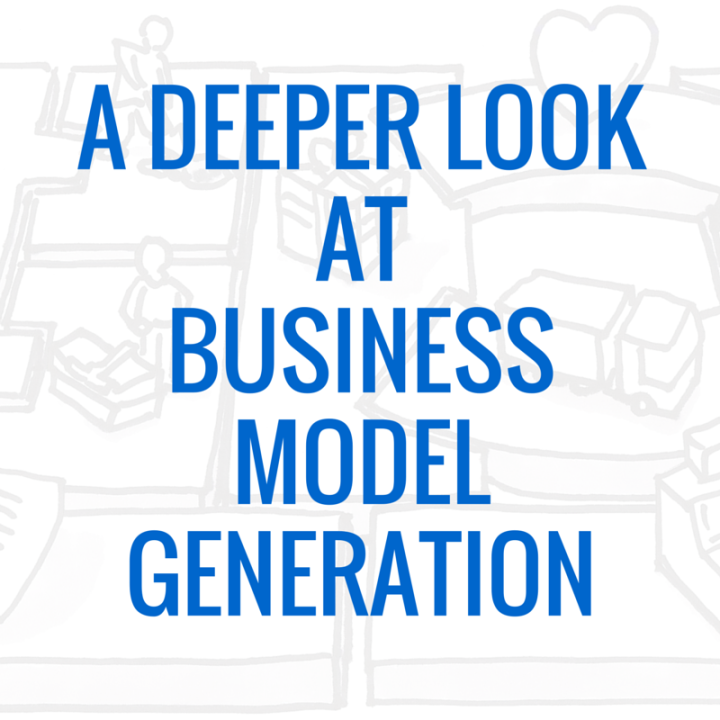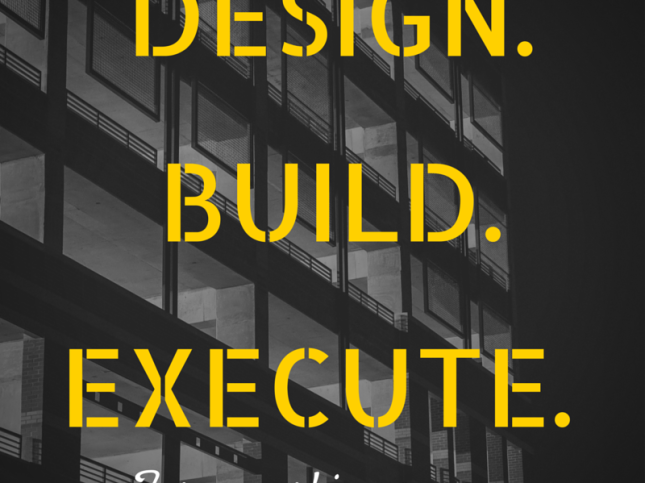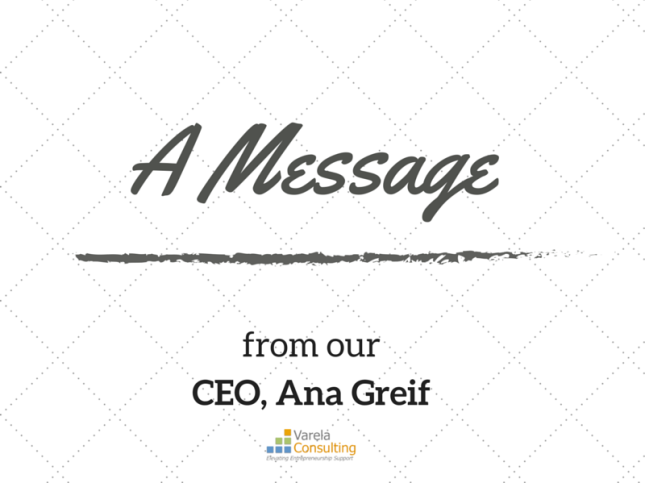A Deeper Look At Business Model Generation
I fell in love with the Business Model Canvas the first time I leafed through the book. After so many years of guiding entrepreneurs through the business development process with the inadequate tool known as the business plan, finally I stumbled onto a method that kept it simple and allowed for experimentation on the business before committing resources.
I truly just stumbled on the now well-known book by Alexander Osterwalder and Yves Pigneur, a couple of years ago, riding in the back seat of a car through the streets of Mexico City. My colleague from NBIA Tom Strodtbeck rode in the front seat with our host Carlos Maynor Salinas, then Director of the National Autonomous University of Mexico’s Business Incubation Network, who had invited us to speak to the managers of the incubators in his network. As they carried on a conversation I couldn’t hear over traffic noise, I distractedly looked around where I sat. I saw a book full of drawings on the cover that immediately caught my attention. Business Model Generation read the title and as I browsed through the pages I recognized a tool that would have important implications for our industry.
Fast forward to November 2013, and I am now in San Francisco participating in a workshop led by none other than Osterwalder himself. I will add there was a guest appearance by Steve Blank that really put the icing on an already outstanding two days of learning. I now understand a few things about the canvas that were novel to me and I hope are useful to you:
- The canvas was not created for start-ups. I expected to be in a room full of incubator managers, consultants and entrepreneurs. Instead, I was surrounded by people from mature, established companies like Clorox. As Osterwalder explained, these companies must innovate their business model or expect to go the way of Kodak. That was the motivation behind his research and his book.
- It doesn’t matter where you start. Most of us have read through the book and have this idea to start from the right and work towards the left. You identify your Customer Segment then work your way through Value Proposition and finally Key Partners. However, I learned that you can start anywhere, with the Value Proposition, Key Activities, Revenue Streams, or any of the boxes. The point is to make sure you have filled in all the boxes and assigned at least one value proposition for every customer segment you identify.
- You don’t stop at one- or two, or three. I have worked with many entrepreneurs and it always seemed like I ended up with 4 or 5 canvases for a business, which left me feeling like that was somehow wrong. In the workshop, we learned the real value of the canvas is that you can create as many versions of a business as you can imagine- in fact it is recommended that you do. The goal is not to find a business model that works, the goal is to find the one that works best. And to do that you must come up with as many versions as possible, rule out the crazy ones, and dive deeper into a few that make sense.
Have you used the canvas with your entrepreneurs? Has it made the business ideation process easier or have you not seen an advantage? Please share your experience!




